Here’s What to Expect at La Experiencia 2025 If you think tourism expos are all suits and lukewarm coffee, think …
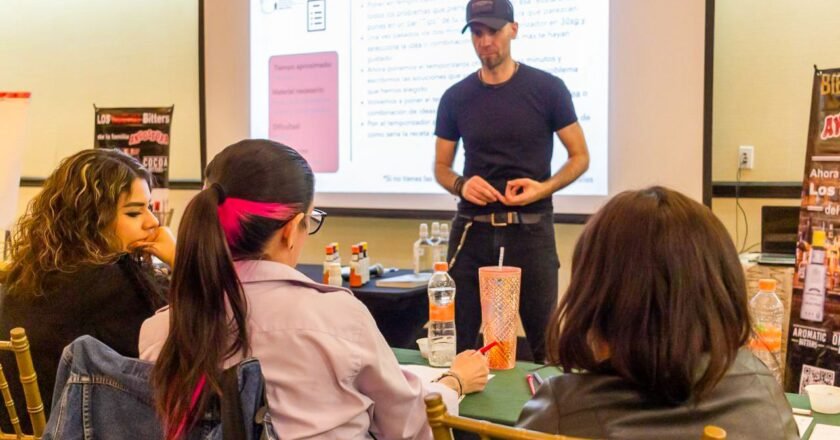

Here’s What to Expect at La Experiencia 2025 If you think tourism expos are all suits and lukewarm coffee, think …
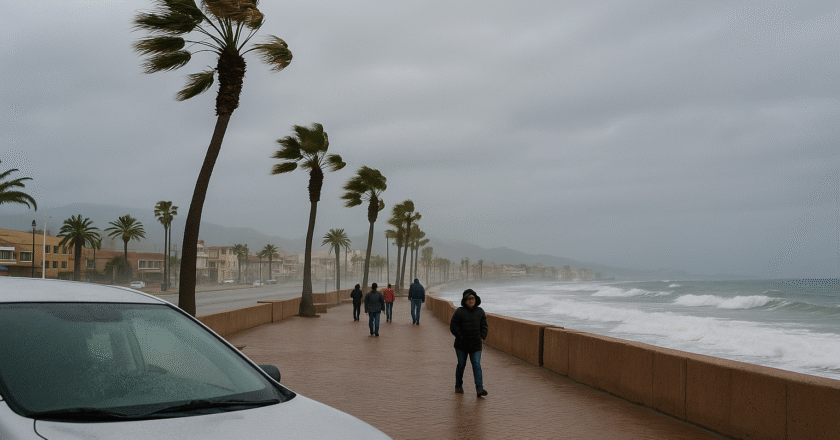
Just when you thought it was safe to retire your hoodie and break out the margarita blender—bam! Baja got a …

If you’ve eaten oysters in France, mussels in Japan, or bluefin tuna in New York, there’s a good chance it …

October rolled in, and with it came a familiar sight across Baja, pink ribbons, smiling nurses, and the humming of …
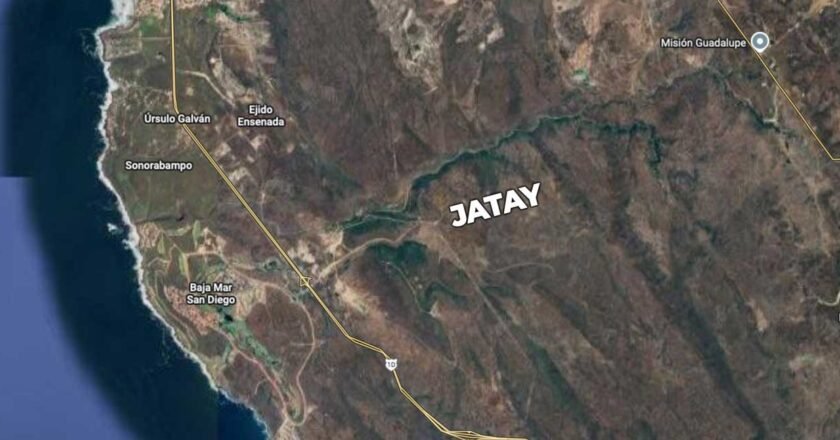
They call it the “Bypass,” but it’s really a lifeline in waiting. The plan is to open a third route …

Mexico’s political world has seen its share of storms, but few hit as suddenly as the one surrounding Hilda Araceli …
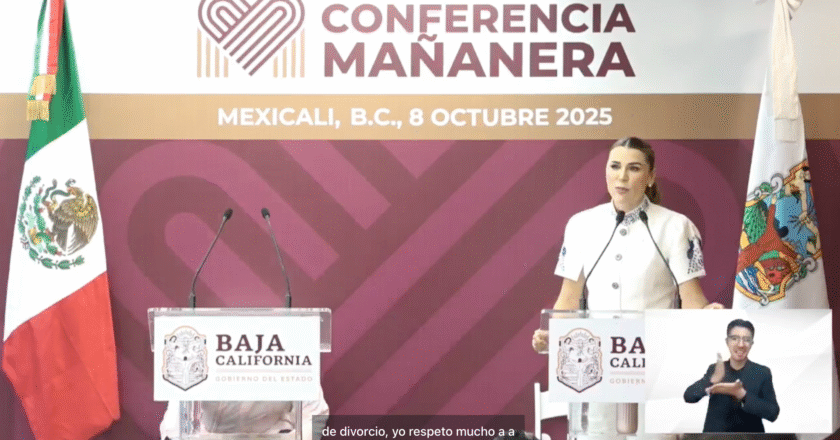
It’s official — Governor Marina del Pilar Ávila Olmeda confirmed she’s in the middle of a divorce. And she did …
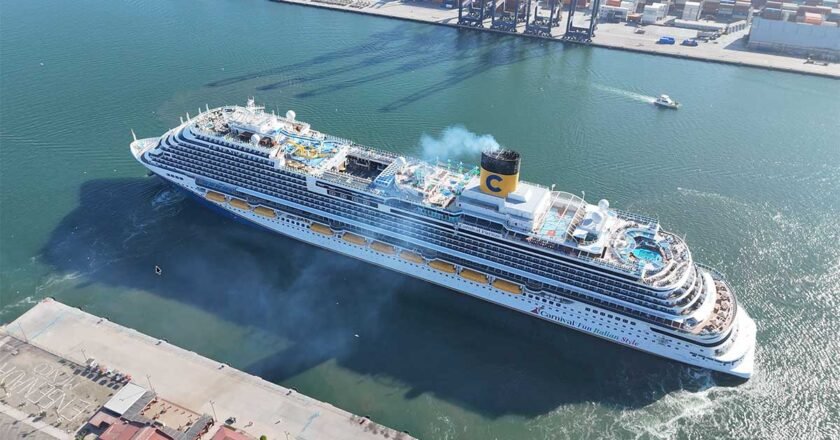
If Ensenada feels a little busier this October, it’s not your imagination, it’s 36 cruise ship calls on the calendar. …
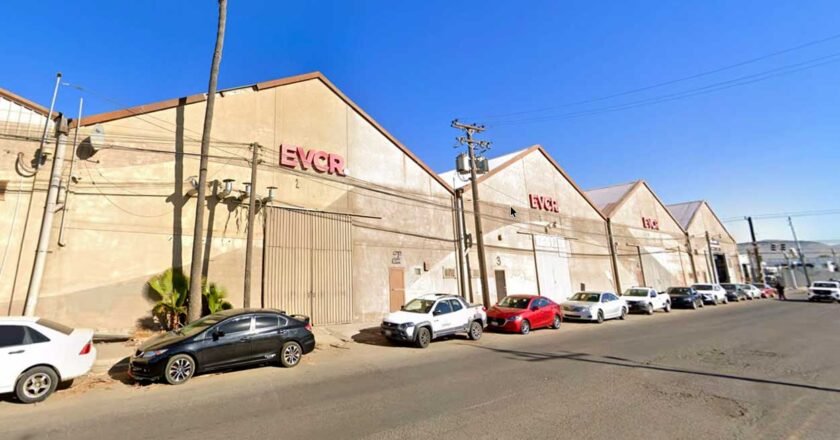
They used to say: “LA-based. Ensenada made.” That was the tagline for EVCR—Evolution & Creation—the activewear brand that insisted its …

Every fall, Baja sheds her dusty summer coat and slips into something far more dramatic—gold, amber, and tangerine. It’s cempasúchil …